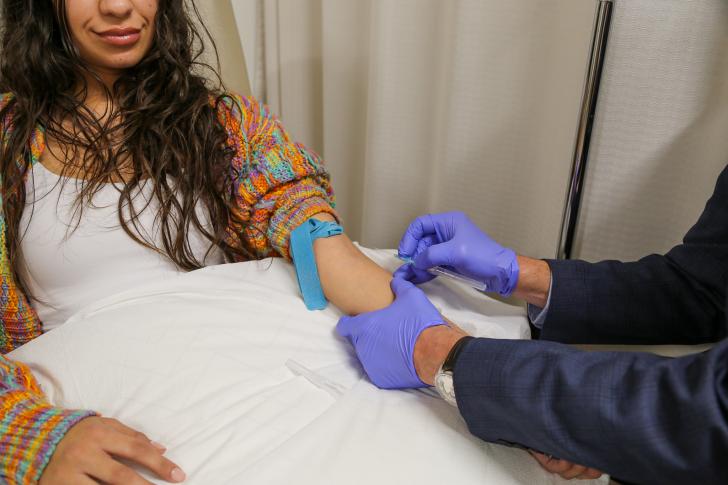Quinoa Conundrum: 3 Tips to Help the Environment

Published
As demand for quinoa has grown worldwide, it has become a popular cash crop with increased growing space dedicated to the seed. This has potential land impacts including declining soil nutrient content and increased erosion in high altitude spots, such as Peru, where quinoa typically thrives. Traditional varieties are becoming obsolete as farmers focus on monocultures for higher yield, and llamas have less space to roam and naturally produce manure for the soil. With these environmental concerns in mind, here are three simple tips to help keep quinoa consumption sustainable:
Consider fair trade and organic quinoa – Purchasing from bulk bins or club warehouses such as Costco can make going organic more affordable. Many of these distributors work with farmers dedicated to preserving the many strains of quinoa and protecting the land through crop rotation.
Buy local – Quinoa’s popularity has spread to growers in the States and Canada. Some states trying their hand at quinoa cultivation include Colorado, Washington, and even Minnesota. Quinoa from Lundberg Family Farms (based in Sacramento) can be purchased locally at PCC Markets.
Reduce you carbon footprint when shopping – Though most quinoa in still requires air freight to make it to your market shelf, walking or biking to the market is a small step towards reducing overall impact. Select quinoa in recyclable packaging or bring your own containers and purchase from the bulk bin. Any little bit helps!
Quinoa’s rise to fame has happened for good reason – The hearty seed packs a nutritional punch as a vegetarian, gluten-free, whole grain. With these small changes, you can continue to enjoy quinoa while lending a helping hand to the environment as well.
To learn more about sustainable quinoa initiatives, visit the Food and Agriculture Organization of the United Nations at http://www.fao.org/quinoa/en/. For personalized recommendations on whole grain consumption and environmentally responsible nutrition, visit Bastyr Center for Natural Health or Bastyr University Clinic.
By Alyssa Siegel, MS, Dietetic Intern at Bastyr University.


